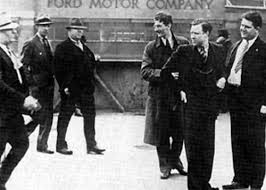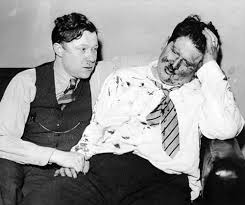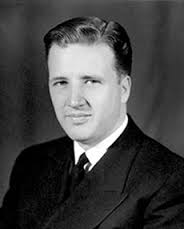 |
| New Year's Eve in Kiev, Ukraine. |
Traditionally, the Roman calendar attempted to follow the lunar cycle which frequently fell out of phase with the seasons. After consulting Sosigenes, an Alexandrian astronomer, Julius Caesar was advised to discard the lunar calendar and adopt the solar calendar, like the Egyptians had.
Caesar decreed that every four years an extra day be added to February. He named the first month of the new calendar after Janus--the Roman god of beginnings. His two faces could look back at the past and forward to the future. While Caesar was at it, he also renamed the Roman month Quintilis to July, after himself.
The Julian calendar was replaced in 1582 when Pope Gregory XIII commissioned Jesuit astronomer Christopher Clavius to devise a more accurate calendar. There was an eleven minute error per year in the Julian calendar. The revised Gregorian calendar was implemented throughout Christendom and is the one we use today. Pope Gregory designated January 1st as the first day of the new year.
 |
| New Year's Eve in Sydney, Australia. |
A tradition in America since 1907 is the giant ball drop in Times Square. The original ball weighed 700 pounds and was made of iron and wood. Today, the orb is 12 feet across and weighs 2,000 pounds. It is electrified with many thousands of LED lights producing millions of colors and billions of patterns.
One thing has not changed over the years. New Year's Eve lights the beacon to the future with hopes for a better year than the last.
Happy New Year, Everyone.
History Channel's short history of New Year's: http://www.history.com/topics/holidays/new-years






